Informal Verbal Warning Letter Template for Employers
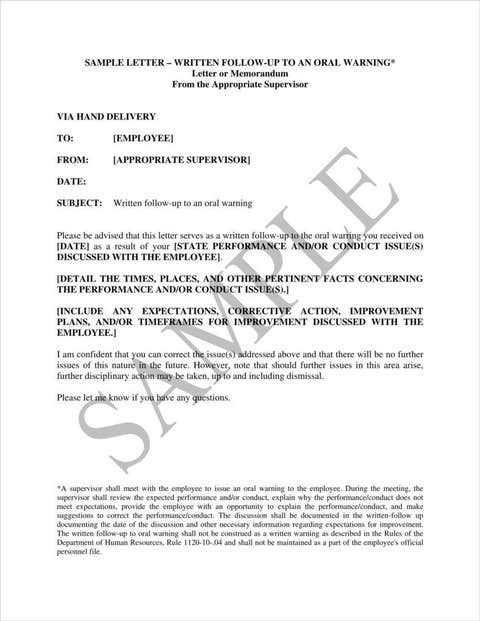
Addressing workplace behavior or performance issues requires a clear and professional approach. Employers must communicate their expectations effectively while maintaining a respectful tone. This ensures that employees understand the areas where improvement is needed and feel motivated to make necessary changes.
One way to address such concerns is through a structured conversation, followed by written documentation. A well-crafted message not only serves as a reminder of company standards but also provides a reference point should the issue persist. This approach helps create a balanced environment where both parties feel heard and respected.
Effective communication is the key to resolving conflicts and maintaining a productive workplace. By carefully choosing the right words and offering constructive feedback, employers can guide employees toward improvement while avoiding misunderstandings.
Why Use an Informal Warning Letter
Addressing issues with an employee’s conduct or performance is a crucial aspect of maintaining a healthy work environment. When problems arise, it’s essential to provide clear feedback in a way that fosters improvement rather than creates tension. One effective method is to communicate through a written document that serves as a gentle reminder of company expectations.
Using this approach offers several benefits for both employers and employees:
- Clarity: It helps ensure that both parties are on the same page about the behavior or performance that needs to be addressed.
- Documentation: A written form provides a record that can be referred to if the issue continues or escalates.
- Constructive Feedback: The message can be framed in a way that encourages improvement, rather than feeling punitive.
- Timeliness: It allows employers to address issues early before they become more significant problems.
This type of communication not only improves understanding but also builds a foundation for continued professional growth. It ensures that employees are aware of the expectations and gives them the opportunity to rectify their actions, helping to preserve a positive work culture.
Key Elements of a Verbal Warning
When addressing an employee’s behavior or performance issues, certain key elements are essential for ensuring that the conversation is clear, professional, and constructive. A well-structured discussion can prevent misunderstandings and help the employee understand exactly what needs to change.
Clear Explanation of the Issue
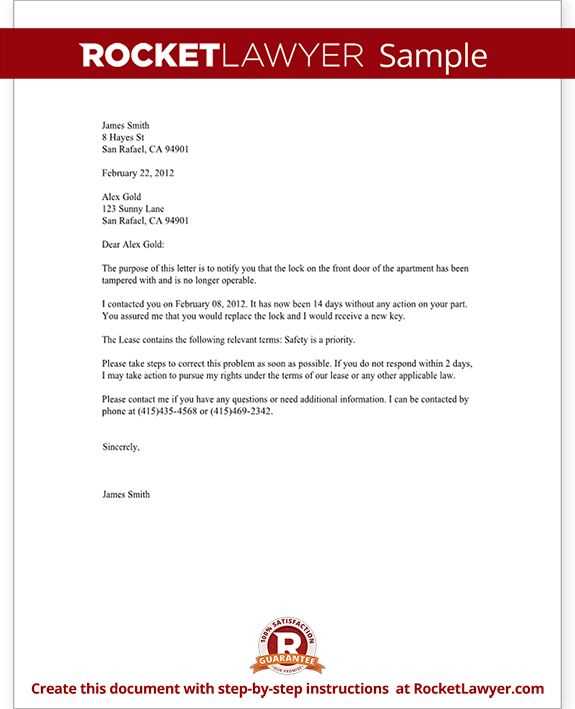
It is important to provide specific details regarding the concern. This should include clear examples of the behavior or actions that are not in line with company expectations. Avoid generalizations, as they can confuse the employee and make it harder to address the issue effectively.
Expected Improvements and Consequences
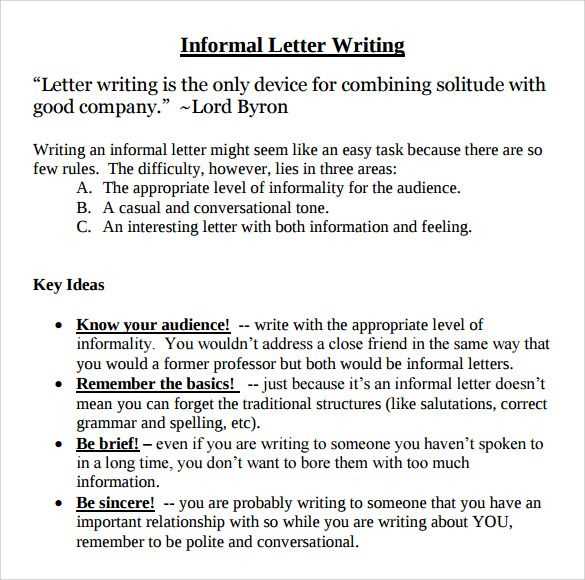
Equally important is outlining the desired changes and the steps the employee can take to improve. It should be clear what actions are expected and the timeline for achieving these changes. Additionally, it’s useful to explain any potential consequences if the behavior continues, helping the employee understand the gravity of the situation.
Maintaining respect throughout the conversation is crucial. This approach ensures that the employee feels supported and encouraged to improve rather than feeling threatened or demoralized. Clear communication combined with empathy can lead to better outcomes for both the individual and the team.
How to Approach an Employee Professionally
When addressing issues related to an employee’s behavior or performance, it is essential to approach the situation with professionalism and respect. A constructive and thoughtful conversation helps maintain a positive relationship, ensuring the employee feels valued while also being held accountable for their actions.
Maintain a Calm and Respectful Tone
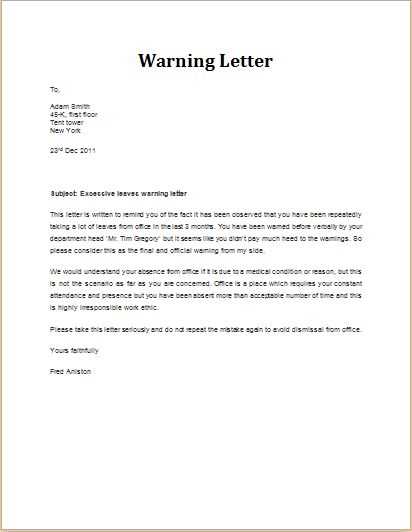
It is crucial to remain calm and composed during the discussion. Avoid raising your voice or expressing frustration, as this can lead to defensiveness or resentment. Instead, maintain a respectful tone and focus on the facts, ensuring that the conversation remains solution-oriented.
Focus on Specifics and Constructive Feedback
Provide clear examples of the behavior or actions that need attention, focusing on specific incidents rather than making generalizations. Use constructive feedback that encourages improvement and offers support. Ensure the employee understands what is expected and how they can work towards meeting those expectations.
Approaching the situation in this way creates an opportunity for growth and improvement, helping the employee feel motivated to make positive changes. Professionalism in these conversations can ultimately lead to better outcomes for both the employee and the organization.
Best Practices for Documenting Warnings
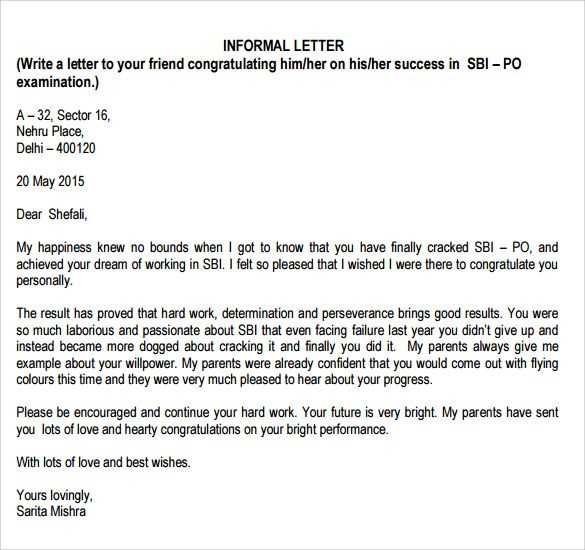
Proper documentation is essential when addressing performance or behavioral concerns. Recording the details of any discussions ensures that both the employer and employee have a clear understanding of the situation and the steps moving forward. It also provides a reference point for future conversations if the issue persists.
When documenting such matters, it is important to be thorough, objective, and precise. Below are some key practices to follow:
| Practice | Description |
|---|---|
| Clarity and Detail | Provide specific examples of the behavior or performance issue. Vague descriptions can lead to confusion. |
| Dates and Times | Document the date and time of the incident as well as when the conversation occurred, ensuring accurate timelines. |
| Employee Response | Note the employee’s response or any actions they plan to take to improve the situation. |
| Follow-Up Plans | Outline the steps for monitoring progress and schedule a follow-up meeting if necessary. |
By following these best practices, employers ensure that their records are clear and consistent, providing transparency and helping to avoid potential disputes. Proper documentation also promotes fairness and accountability in the workplace.
When to Issue a Verbal Warning
It is crucial to address performance or behavior issues in a timely manner to prevent them from escalating. Knowing when to have a direct conversation with an employee helps ensure that concerns are dealt with before they negatively impact the team or company. Acting early allows for improvement while maintaining a positive working relationship.
Minor Infractions and First-Time Issues
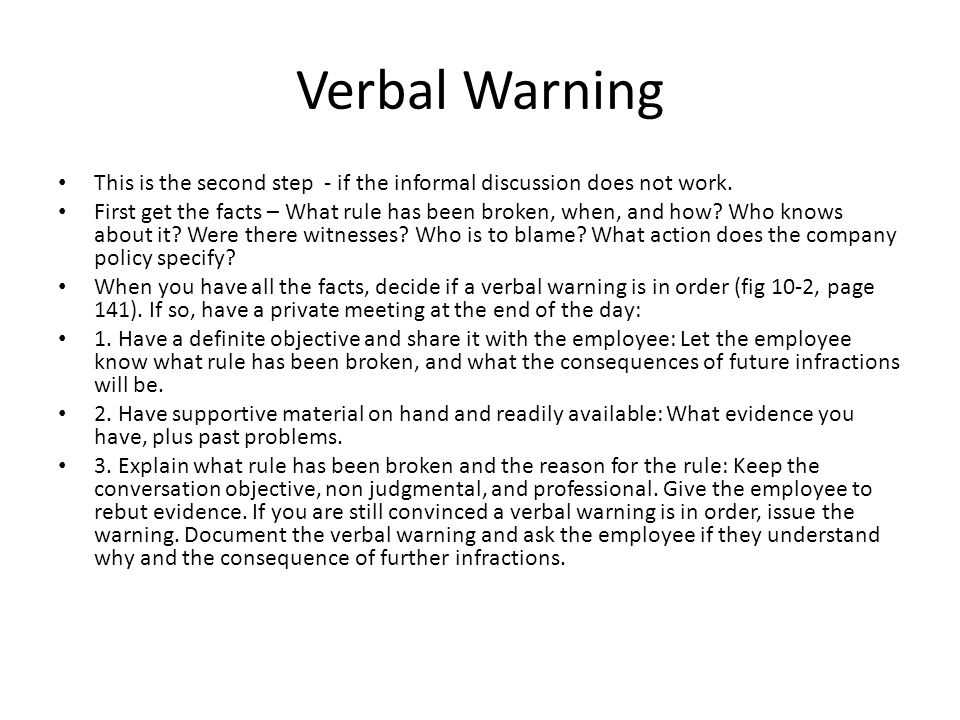
For minor incidents or first-time occurrences of a behavior or performance issue, it is appropriate to address them informally first. A direct conversation can help clarify expectations and give the employee an opportunity to correct the issue without it becoming a larger problem.
Repetitive Issues and Lack of Improvement
If a behavior or performance problem continues despite previous discussions or coaching, it may be time to formally document the concern. In such cases, a direct conversation with the employee becomes necessary to reiterate expectations and outline the potential consequences of continued issues.
Taking prompt action demonstrates commitment to maintaining a productive work environment while also giving the employee a clear path toward improvement. It is essential to approach these situations thoughtfully, ensuring fairness and clarity in all communications.
Sample Template for Informal Warnings
Having a clear and straightforward document can help guide an employee when addressing behavioral or performance issues. Below is a sample structure that can be used to communicate the concern, outline expectations, and offer a path for improvement. This format helps ensure that the conversation remains professional and transparent.
The following elements should be included in such a document:
- Employee Information: Begin with the employee’s name, job title, and department to ensure clarity about the individual being addressed.
- Issue Description: Provide specific details about the behavior or performance that is of concern. Be factual and avoid making generalizations.
- Discussion Summary: Summarize any previous conversations or attempts to address the issue. This shows that the situation has been ongoing and that the employee has already had a chance to correct their actions.
- Expected Improvements: Clearly state the desired changes and what needs to be done moving forward. This will help the employee understand what is expected of them.
- Support and Resources: Offer assistance or resources, such as training or mentorship, to help the employee improve.
- Consequences of Continued Issues: Outline the potential next steps if the behavior or performance does not improve, such as further meetings or disciplinary actions.
By using this structure, employers ensure that the message is clear and provides the employee with the opportunity to understand the issue, improve, and avoid further complications.